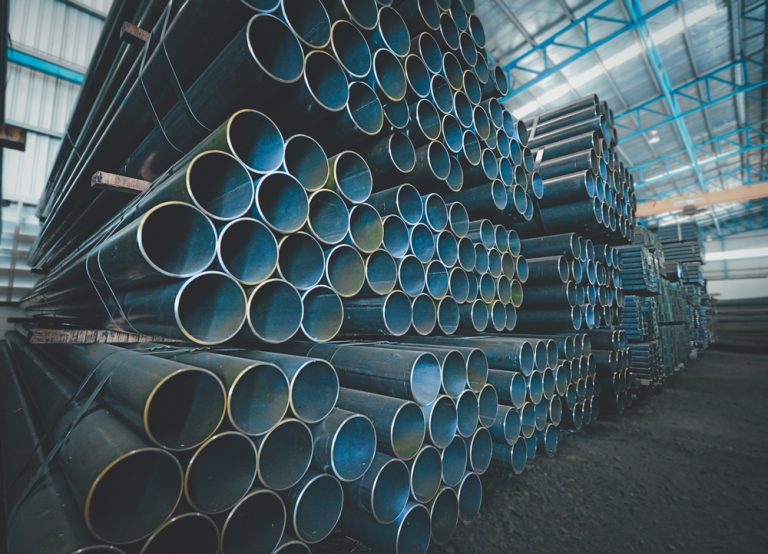President Donald Trump announced a sweeping 25% tariff on all imported steel and aluminum on Wednesday, escalating global trade tensions and prompting immediate retaliatory measures from the European Union and Canada.
Global Trade War Escalates
The tariffs, aimed at bolstering U.S. manufacturing, have sparked fears of a global trade war. The European Union swiftly retaliated with countermeasures on up to $28 billion worth of American goods, while Canada imposed over $20 billion in retaliatory tariffs. Trump signaled that further U.S. trade actions could follow.
Economic Concerns and Industry Impact
While the tariffs are designed to protect domestic steel and aluminum industries, experts warn they could lead to higher costs for manufacturers and consumers. A 2023 International Trade Commission study found that similar tariffs imposed in 2018 led to a $3 billion contraction in U.S. manufacturing output.
Industry leaders, including Alcoa CEO William Oplinger, warn that the tariffs could lead to job losses, particularly in aluminum production, which relies heavily on Canadian imports.
Retaliation from Canada and the EU
Canada, the largest supplier of U.S. steel and aluminum, responded with a 25% tariff on $20.1 billion worth of American imports, including steel, aluminum, and consumer goods. Prime Minister Designate Mark Carney called for a “comprehensive approach to trade,” emphasizing Canada’s commitment to economic cooperation.
The EU’s countermeasures target key U.S. exports such as bourbon, motorcycles, and boats, intensifying trade tensions between the U.S. and its allies.
Market Reactions and Future Implications
The tariffs have led to volatility in financial markets. The S&P 500 has fallen nearly 10% from its all-time highs, while major indices in Europe and Canada also saw declines. Industrial stocks, including automakers and machinery producers, are expected to bear the brunt of higher input costs.
Economists at Nomura warn that further tariff escalations, expected on April 2, could significantly impact global economic growth. With tariffs on steel and aluminum now fully implemented, industries reliant on these materials, from automotive to infrastructure, brace for price hikes and supply chain disruptions.
Looking Ahead
Negotiations between U.S. Commerce Secretary Howard Lutnick and Canadian officials are set to continue, with the potential for further trade adjustments. Trump has hinted at possible increases to the 25% tariff rate, depending on the response from trading partners.
As the April 2 deadline for reciprocal tariffs approaches, analysts warn of further economic strain, reinforcing fears that the U.S. may be heading toward an extended trade war with key allies.


